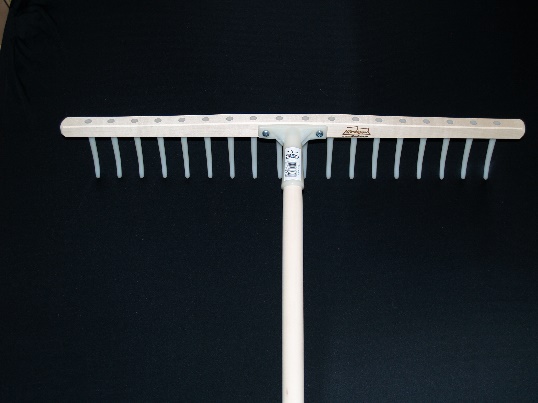Placing Concrete
Topic 3 – Placing Concrete
Key Competencies
The NOA for Carpenter (2013) identifies the required competencies (skills) for the task of placing concrete. These are:
- Plan pour taking into consideration factors such as weather conditions, location of equipment, starting point, sequence of pour and rate of pour and drop
- Select additives such as plasticizers, hardeners, accelerators and curing agents according to weather conditions and project requirements
- Ensure slump on concrete before starting pour to maintain integrity of desired mix design
- Select and use placement methods such as using concrete pump, crane and bucket, wheelbarrow, and chute according to accessibility to location and size of job
- Vibrate concrete to consolidate and eliminate voids around locations such as beam pockets, chases, and bucks, while avoiding over-vibrating, segregation and blowouts
- Recognize signs of an impending blowout such as deformation, deflection and leakage and take remedial measures
- Place joints in poured concrete such as expansion, isolation and control joints
- Double check after concrete is placed for straightness and dimensions of wall and column forms, and make adjustments to achieve plumb, level and square formwork (NOA, p. 42-43).
Concrete can be transported from the truck or mixer by various equipment:
- Concrete pump
- Crane and bucket
- Wheelbarrow/handcart
- Conveyor
- Chute

https://www.flickr.com/photos/mtacc-esa/8343390252/
Tools for placing and consolidating concrete include:
- Shovels
- Rakes
- Come-alongs
- Screeds/Straightedge
- Bull Floats/Darby
- Hand Float
- Jointer
- Vibrator

Source: https://commons.wikimedia.org/wiki/File:Heurechen_haeringer_rechen.JPG
For additional information review:
- Principles and Practices of Commercial Construction, “Placing, Mixing, and Transportation of Concrete”
- Carpentry, “Placing Concrete” up to the section on “Consolidation of Concrete”
Review Instruction Sheet (IS) on Brightspace:
CONC 100/122, p. 42 – 69:
- IS 1.2 Transporting Concrete
- IS 1.3 Tools for Placing Concrete
Review Questions – 9.01.3
- Why is a square nose shovel better for placing concrete than a spade?
- Describe “striking off” concrete
- Describe “wet screeding”
- What is the purpose of the bullfloat?
- How deep must a control joint be cut?
- How must the grade below a slab-on-grade be prepared?
- Wood formwork that will hold concrete should be:
- Give the proper method of placing concrete in wall forms
- What is the difference between a drop chute and a tremie?
- Describe dangers to your skin when exposed to concrete.
